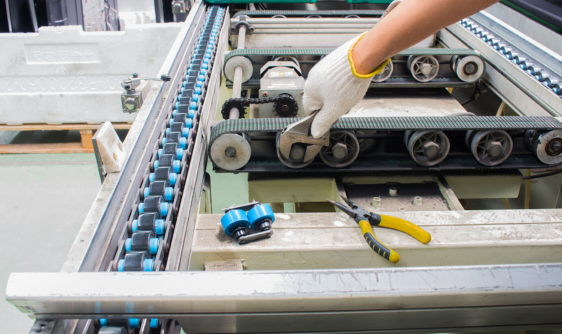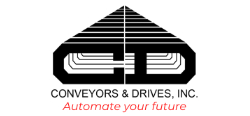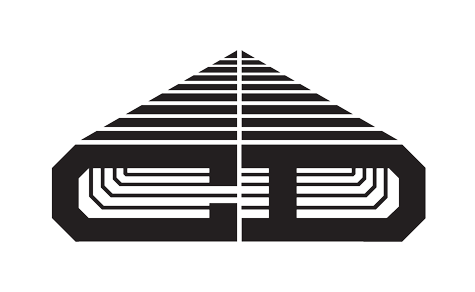
Common Belt Conveyor Problems & How to Avoid Them
In most distribution centers and manufacturing facilities, the conveyors are the heart of the operation. Just like a human heart, a conveyor must be inspected and kept in good shape if it is going to run for its full life expectancy. Therefore, warehouse personnel must be aware of what to look out for in order to solve maintenance problems. Here are a few complications to monitor and how to handle them when they occur.
Common Problems
-
Belt Mistracking
Belt mistracking is the most common malfunction on a conveyor system and it’s a constant concern in an industrial environment. It can be caused by improper installation/maintenance or lack of sanitary measures. Even the smallest misalignment can lead to major problems including belt damage, equipment damage and material spillage. Thus, keeping your conveyor clean and conducting regular system audits can prevent it from causing more of an issue.
-
Belt Slipping
Belts in the first few months of operation will often stretch causing slipping to occur. Having the proper amount of tension is imperative to prevent this from happening. Having too much tension can lead to major wear and tear on parts, tracking problems and damage to the pulleys. Alternatively, not having enough tension leads to belt slipping, belt mistracking, and eventually premature belt failure.
-
Blockages
Blockages are often caused by material that gets hung up on the guarding or the conveyor frame and builds up over time. The problem is common in high moisture environments, especially when conveying bulk solids. While this incident is hard to predict, it is possible to prevent by looking out for jagged edges or corners that might snag items as they move past.
Preventive Measures
-
Regular Visual Inspections
Stay cognizant of issues by walking around all sides of the conveyor looking and listening for anything unusual or out of the ordinary. If you see that the belt lacing is pulling apart or that the sides are starting to curl, it’s a signal that you need to reduce the tension on the belt. Listen for screeching noises which are signs that the belt is slipping or pulley bearings are failing.
-
Follow Sanitary Protocols
In many industries, products may spill or cause debris to accumulate on the belt. This buildup is detrimental to the life of the belt as it leads to a reduction in belt tension and damage to the parts. Administering a periodic sanitary operation will prevent belt mistracking and extend the life of your conveyor.
-
Keep critical spare parts on hand
Stocking critical spare parts can prevent long delays after a breakdown. Many parts are not available for quick ship. Lead times can be as high as three to five weeks, which means idle employees, late shipments and overall unsatisfied customers. It is detrimental to production if a system is down, especially when it is crucial to the daily operations.
-
Listen to your staff
Your front line employees are the ones that see your conveyor every day and they are essentially the first line of defense to notice a potential problem. If one of your employees is telling you that there is a weird noise or that time is being wasted on blockages, it is wise to trust them. Lastly, have your staff properly trained on signs that your system is due for preventive maintenance.
To sum it up, the best thing you can do to prevent major problems from occurring is to be aware and vigilant. Look and listen to your conveyor and don’t ignore the signs that something is out of the ordinary. Follow all maintenance instructions provided in the manual. Finally, don’t be afraid to ask for help. If you are not properly equipped with the tools it takes to maintain your system, C&D is here to provide cost-effective solutions to prevent breakdowns.





